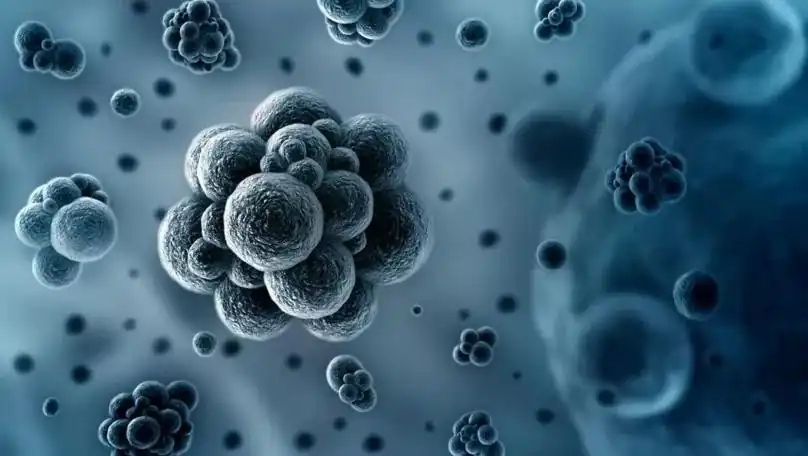With the improvement of people’s living standards, clean and hygienic living environment has gradually become the goal pursued by people. Under this situation, how to effectively inhibit the growth and reproduction of harmful bacteria or thoroughly kill harmful bacteria has been paid more and more attention by the world. As silver system and titanium dioxide system antibacterial agents have the disadvantages and limitations of easy discoloration and need ultraviolet light irradiation, magnesium oxide nanometer can overcome the above problems and carry out antibacterial, so it has important application prospects. In recent years, magnesium oxide nanometer antibacterial materials have gradually become the focus of research.

In this paper, magnesium chloride, ammonia water, tetrabutyl titanate as the main raw materials, using chemical precipitation method, prepared fine and uniform magnesium oxide nanometer and doped titanium magnesium oxide powder. The powders were characterized by TG-DTA, XRD, TEM, XRF and other means, and the influence of doping titanium on the antibacterial properties of magnesium oxide was discussed.
Nanometer magnesium oxide is prepared by precipitation method. Reaction ratio of reactants, reaction temperature, amount of surfactant added, ammonia water dripping rate, reaction time and calcination temperature have great effect on the powder. Through optimization of preparation process, the following process parameters are determined: molar ratio of magnesium chloride to ammonia water is 1:2, reaction temperature is 60 ℃, reaction time is 1.5 hours, PEG addition is about 3% (wt%) of magnesium chloride, ammonia water dripping rate is kept at 1 drop per second, and calcination temperature is 500 ℃. On this basis, orthogonal experimental method is used to determine the degree of influence of each process on grain size, from large to small: calcination temperature, maturation time, dispersant dosage, reaction ratio, ammonia water addition. XRD analysis shows that 1.0% (mole percent, same below) of titanium can be completely doped into magnesium oxide without generating titanium-containing impurity phase.
